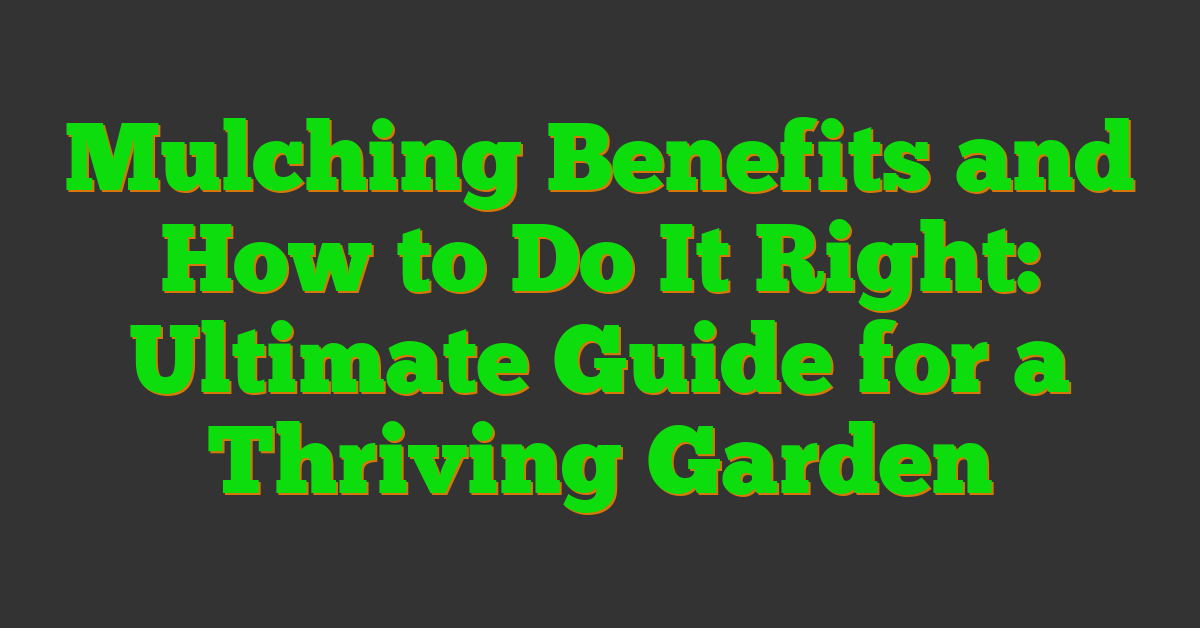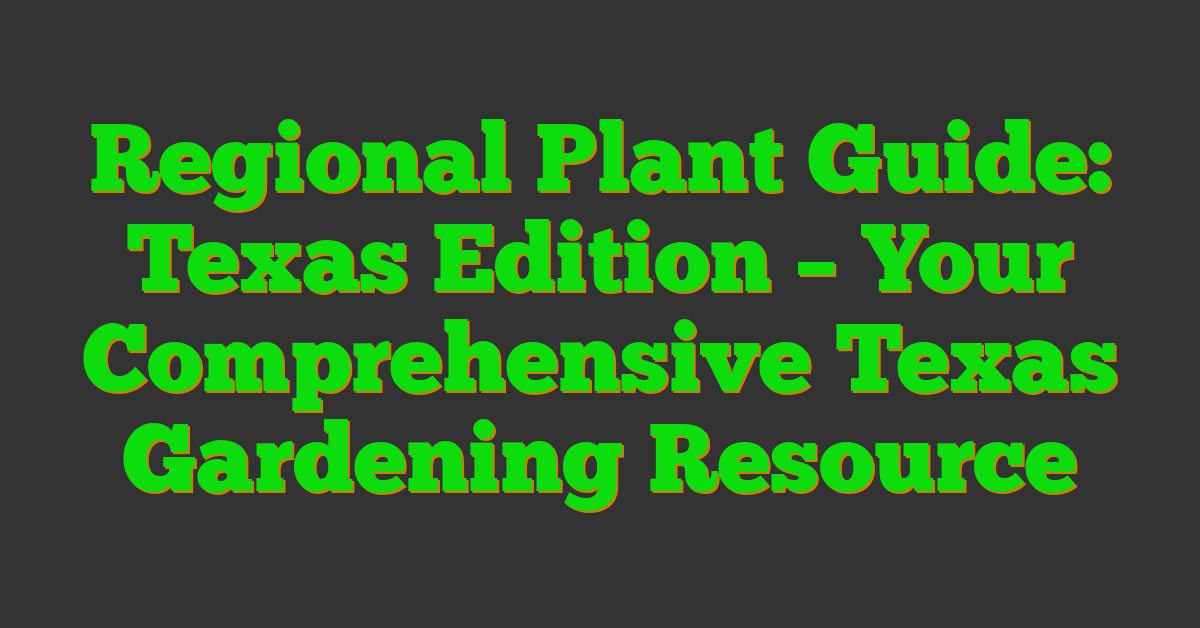Ready to take your garden to the next level? I’ve discovered that mulching isn’t just about aesthetics—it’s a game changer for plant health and soil vitality.

By applying the right mulch, you can conserve moisture, suppress weeds, and improve soil structure. Whether you’re a seasoned gardener or just starting out, understanding the benefits and knowing how to mulch properly can make a big difference.
In this article, I’ll share the key advantages of mulching and guide you through the best practices to get it right. Let’s dig into the world of mulch and transform your garden into a thriving oasis.
What Is Mulching
Mulching involves applying a protective layer over soil around plants. I use organic materials like wood chips, straw, or compost. Inorganic options include gravel, plastic sheeting, or rubber mulch. Mulch conserves soil moisture by reducing evaporation. It suppresses weed growth by blocking sunlight. Additionally, mulching enhances soil structure through decomposition. Proper application ensures these benefits effectively support plant health.
Benefits Of Mulching
Mulching offers numerous advantages for your garden. It enhances plant growth and maintains a healthy soil environment.
Retains Soil Moisture
Mulch conserves soil moisture by minimizing evaporation. Applying a 2-inch layer reduces water loss by approximately 50%, ensuring plants stay hydrated during dry periods.
Suppresses Weed Growth
Mulch blocks sunlight, inhibiting weed germination and growth. A thick mulch layer prevents weeds from establishing, reducing the need for manual removal and chemical herbicides.
Enhances Soil Health
Organic mulch decomposes over time, enriching the soil with nutrients. This process improves soil structure, promotes beneficial microbial activity, and increases fertility, leading to robust plant development.
Types Of Mulch
Choosing the right mulch type enhances your garden’s health and appearance. I categorize mulch into two main options: organic and inorganic.
Organic Mulch
Organic mulch decomposes, adding nutrients to the soil. Examples include:
- Wood Chips: Break down over 2-3 years, improving soil structure.
- Straw: Lightweight and easy to apply, perfect for vegetable beds.
- Compost: Adds essential nutrients, supporting plant growth.
- Leaves: Readily available and cost-effective, enhancing soil fertility.
Organic mulches support beneficial microbial activity and increase soil moisture retention.
Inorganic Mulch
Inorganic mulch doesn’t decompose, offering immediate weed control and moisture conservation. Common types are:
- Gravel: Lasts indefinitely, ideal for pathways and drainage areas.
- Plastic Sheeting: Blocks up to 90% of sunlight, preventing weed germination.
- Rubber Mulch: Durable and safe for high-traffic areas, maintaining coverage year-round.
Inorganic mulches require minimal maintenance and provide long-term weed suppression.
How To Mulch Correctly
Preparing Your Garden Bed
I begin by clearing the garden bed of existing weeds and debris to prevent competition for nutrients and water. I loosen the soil to a depth of 2-3 inches if it’s compacted, using a garden fork or tiller. I incorporate organic matter like compost to improve soil structure and fertility if necessary. I ensure the area is level to allow the mulch to spread evenly.
Applying The Mulch Layer
- I spread a 2-inch layer of mulch around each plant, keeping it 3-4 inches away from stems or trunks.
- I ensure complete coverage to suppress weeds and retain moisture effectively.
- I use a rake to distribute the mulch evenly and avoid piling it against plant bases.
- I replenish the mulch periodically to maintain its benefits throughout the growing season.
Common Mistakes To Avoid
- Applying Too Much or Too Little Mulch
Over-mulching can suffocate roots, while insufficient mulch fails to conserve moisture. I maintain a 2-inch layer to balance benefits.
- Letting Mulch Touch Plant Stems
Piling mulch against stems traps moisture, leading to rot or pests. I keep mulch 3-4 inches away from each plant base.
- Choosing Inappropriate Mulch Types
Using rubber mulch for vegetable gardens restricts nutrient absorption. I select organic options like wood chips or compost for better soil health.
- Neglecting Mulch Replenishment
Decomposed mulch loses effectiveness in moisture retention and weed suppression. I add fresh mulch annually to maintain its benefits.
- Skipping Soil Preparation
Mulching without clearing weeds or loosening soil diminishes its effectiveness. I prepare the soil by removing debris and incorporating organic matter before mulching.
« How to Install a Garden Edging: Easy Steps for a Perfect Outdoor Space Interviews with Top Landscape Designers: Sustainable and Innovative Trends »
- Using Contaminated Mulch
Mulch treated with chemicals can harm beneficial soil organisms. I opt for natural, untreated mulch to support healthy soil ecosystems.
- Mulching at Incorrect Times
Applying mulch during wet seasons without proper drainage can cause waterlogging. I mulch during dry periods to maximize moisture conservation.
Conclusion
Mulching has truly transformed my gardening routine. It’s amazing how a simple layer can make such a big difference. Watching my plants stay healthy and vibrant with less effort feels rewarding. The process is straightforward and fits seamlessly into my schedule. Whether you’re a seasoned gardener or just starting out, mulching can enhance your garden’s beauty and resilience. I encourage you to give it a try and see the positive changes for yourself. Happy gardening!













